Virimetrix
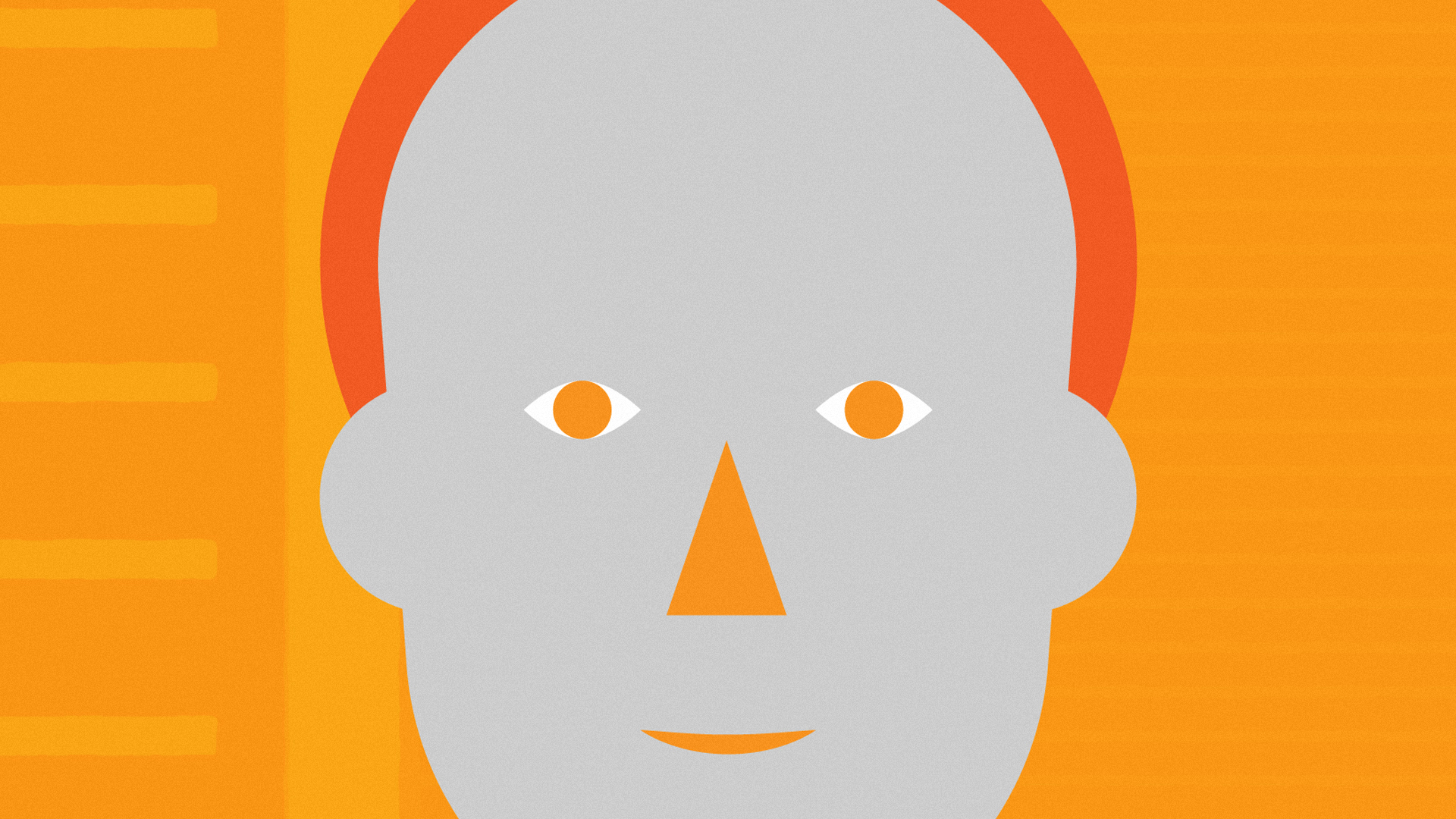
Overview
Humans must learn to adapt to a changing environment with the rise of AI automation, integrated networks and ubiquitous microdata aggregation. In order to address the imminent shift towards hybrid thinking, newborns have been fitted with “Cogs” by the year 2043. These Cogs, which record all microdata from birth on a neural level, serve as the new interface between human and machine worlds. Financed by big tech companies, Cogs are distributed freely to the public. Users pay for tiered services to gain greater access to their data, customize their interactions with others and enhance their mental abilities. One such service, Virimetrix provides specialized augmentation of the mind for work, sport, socialization and leisure. However, the technology privileges the elite; enhancements are only available to those who can afford the service. Technology reinforces classist divisions, lower classes left out of the cultural shift towards human/machine hybridity.
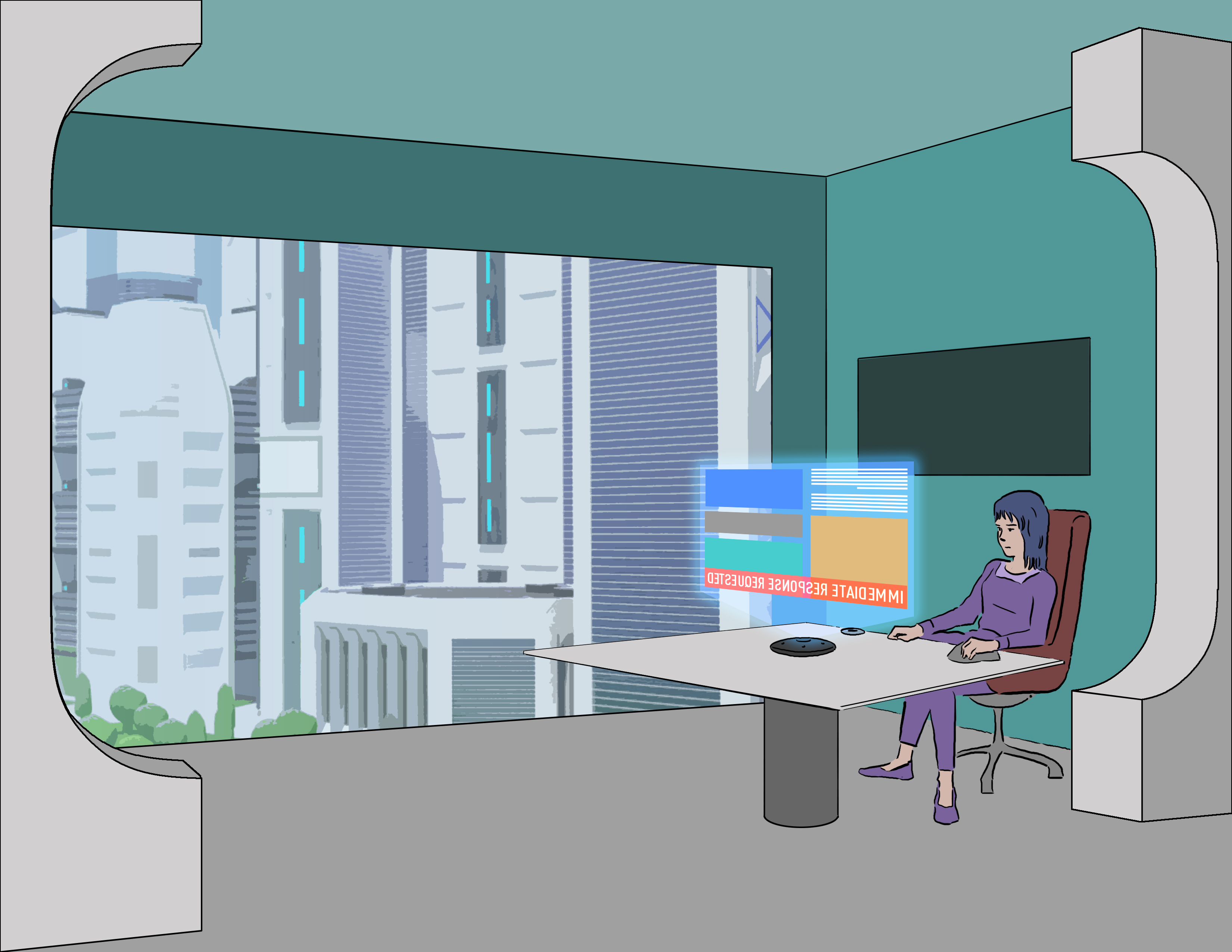
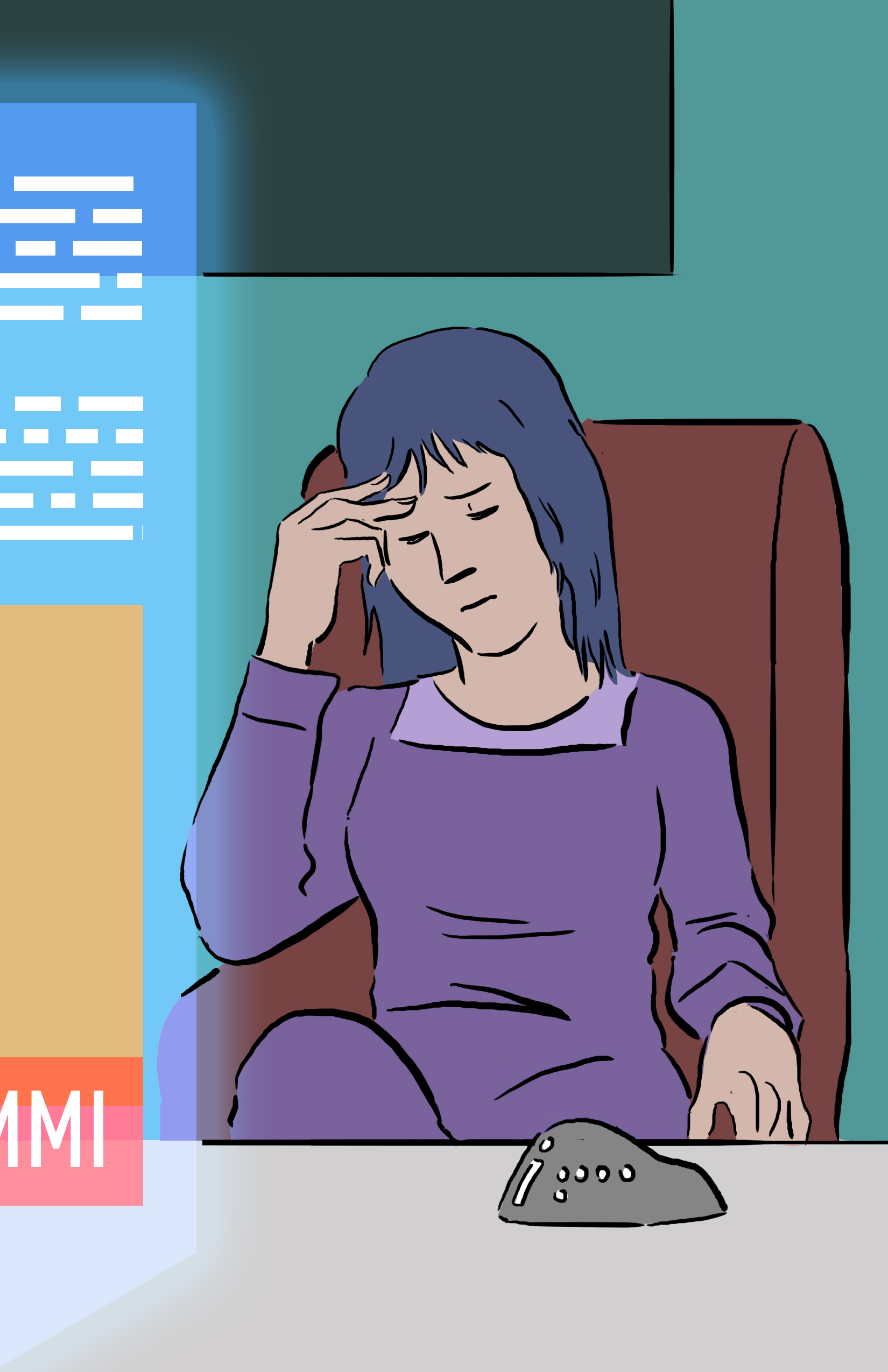
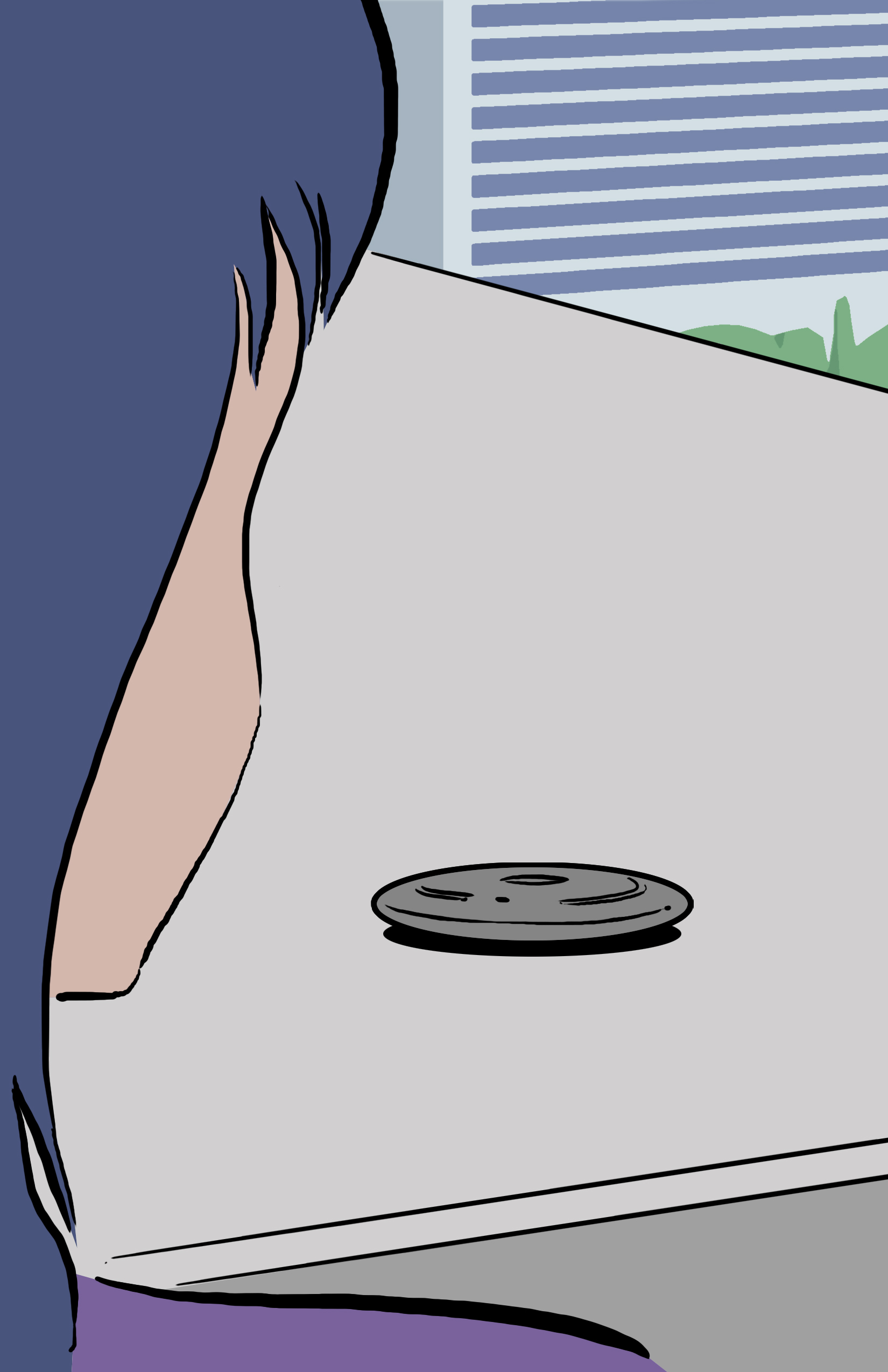
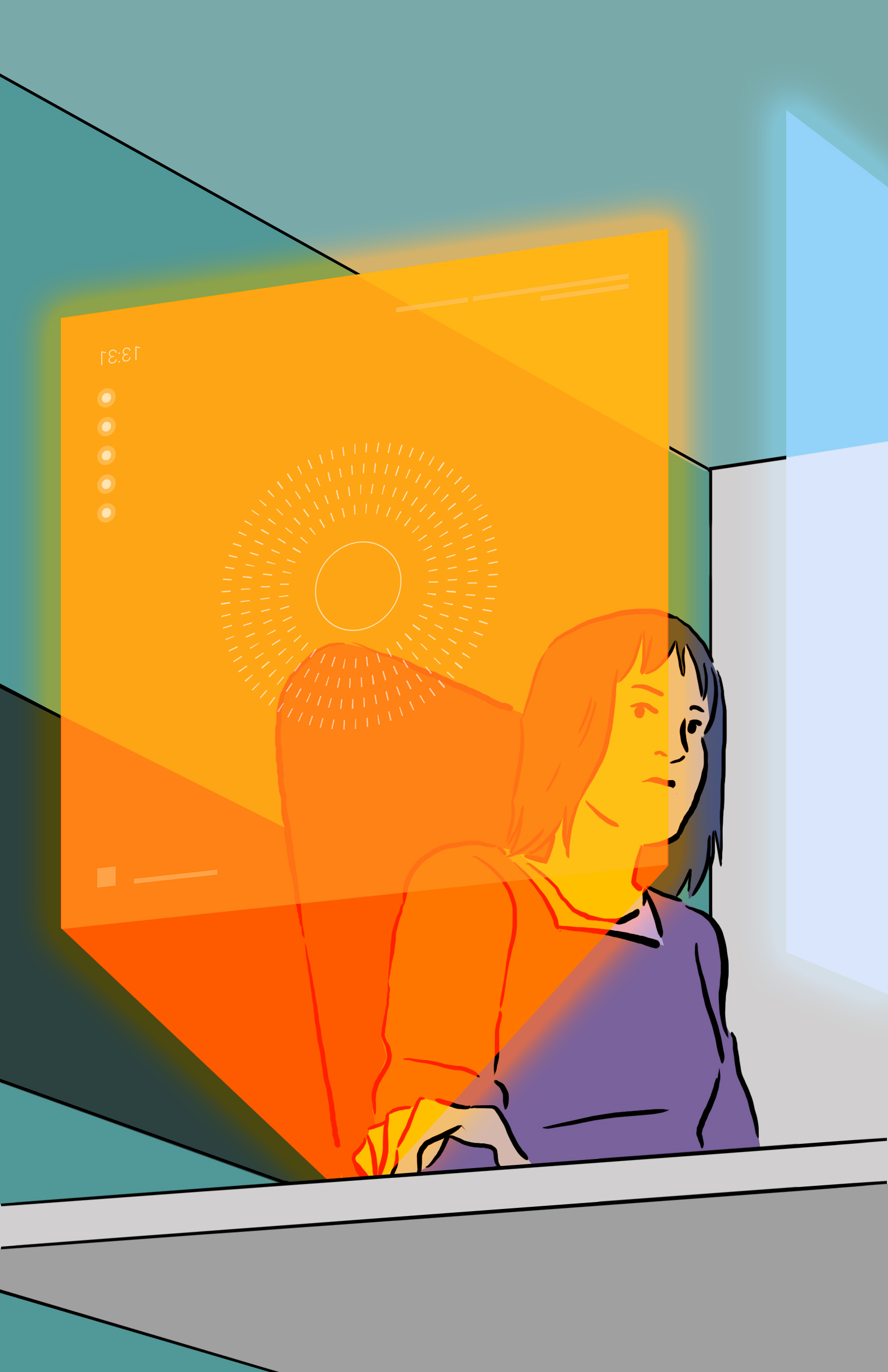
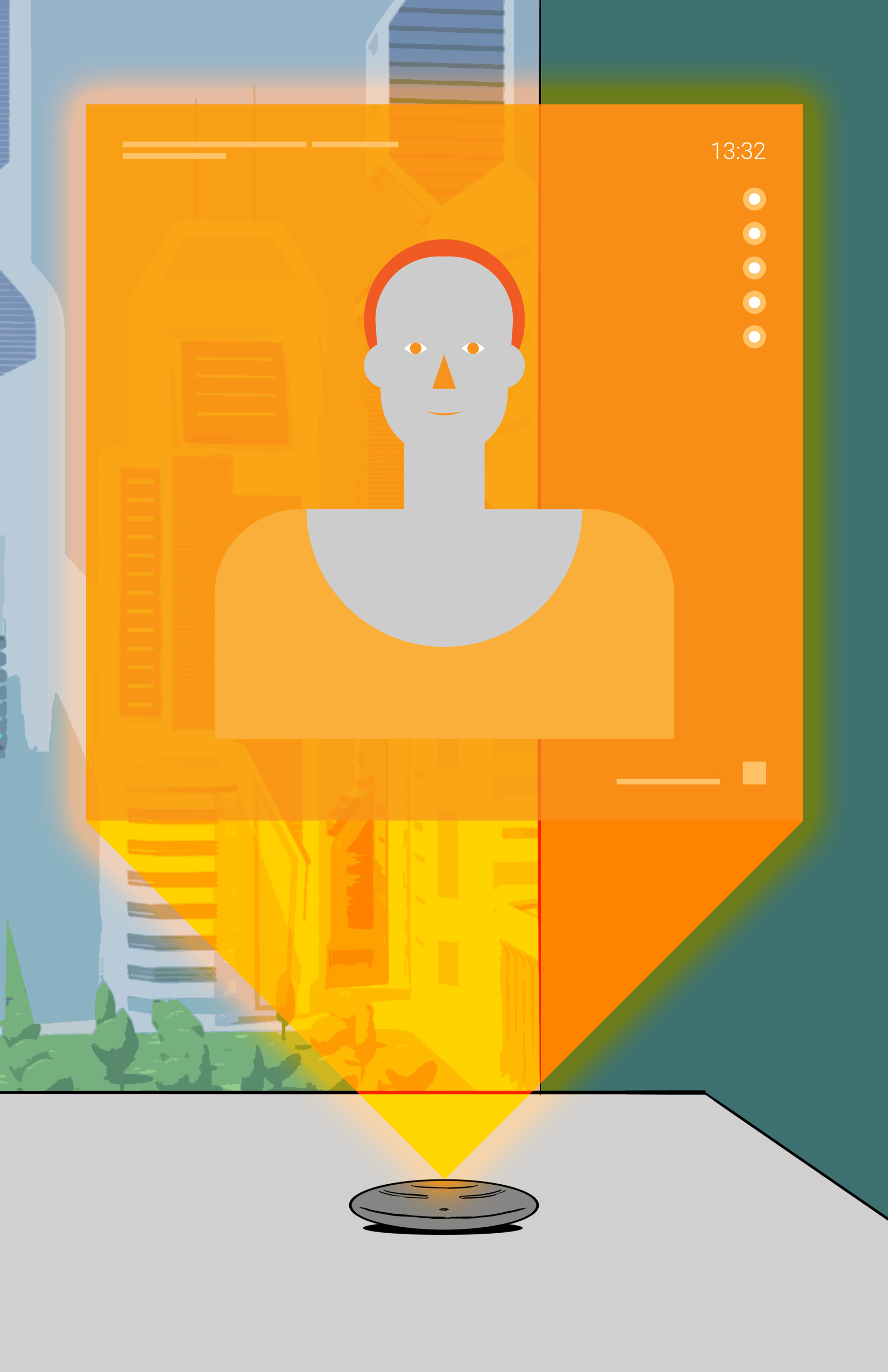
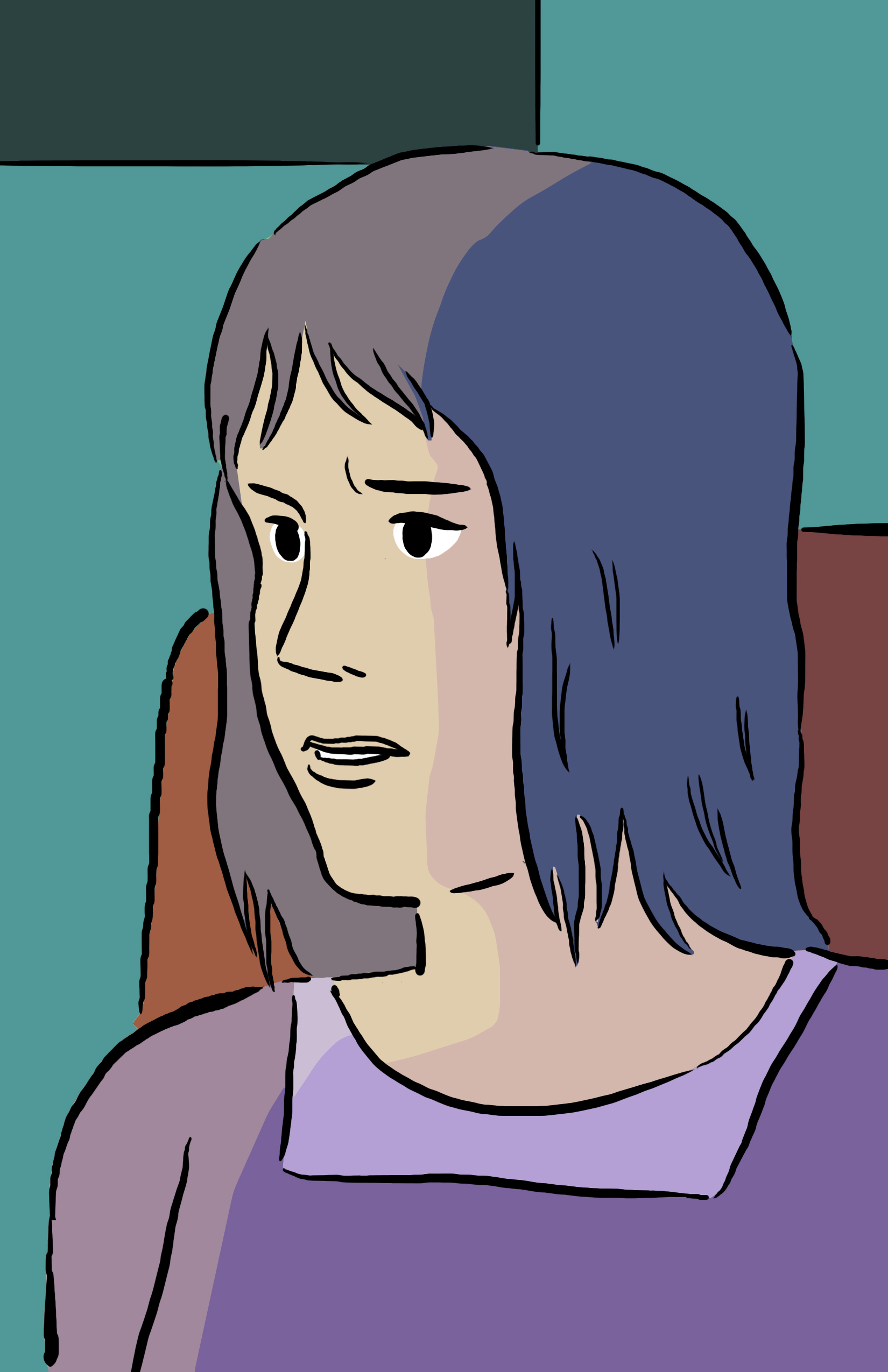
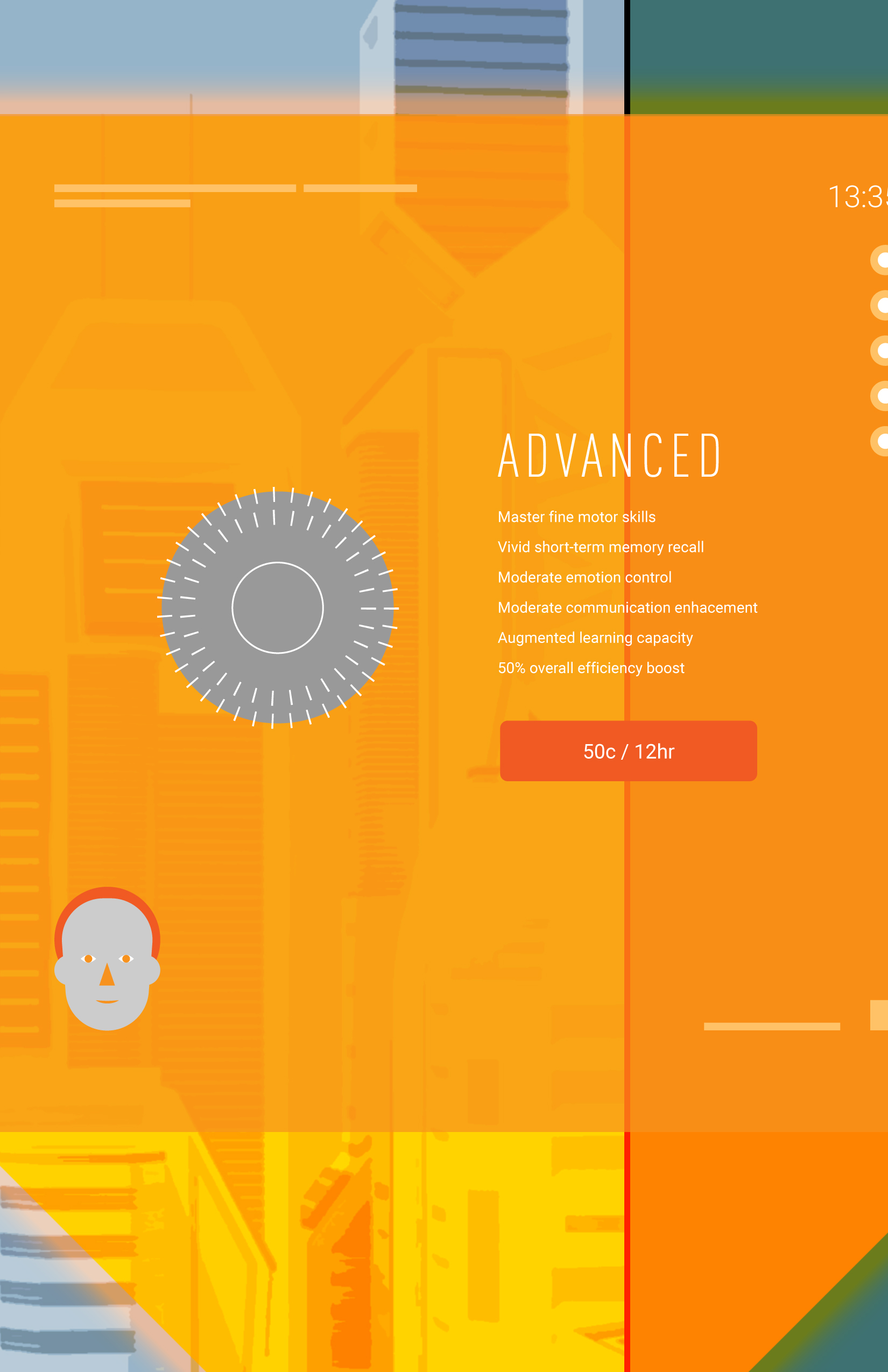
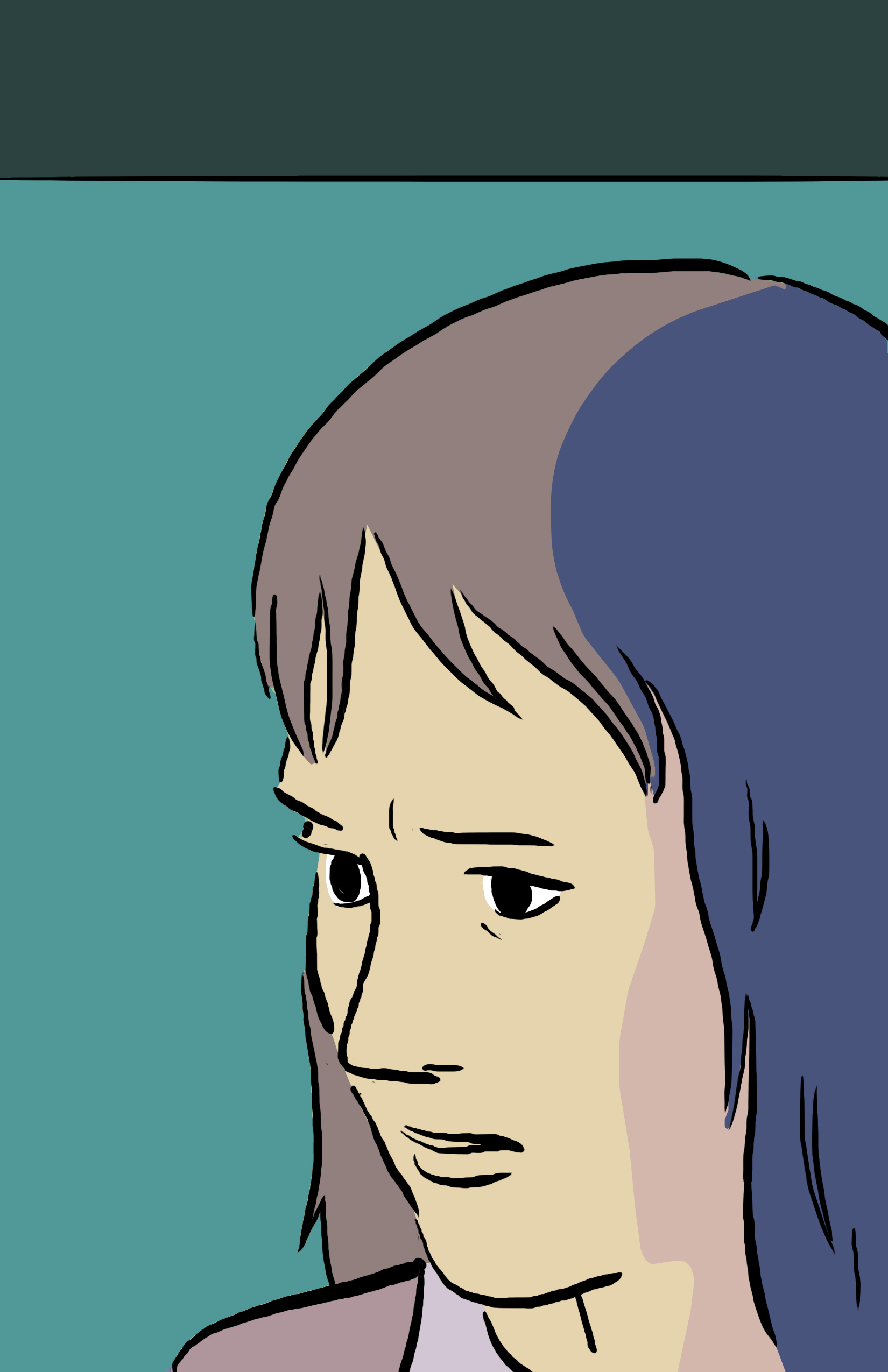
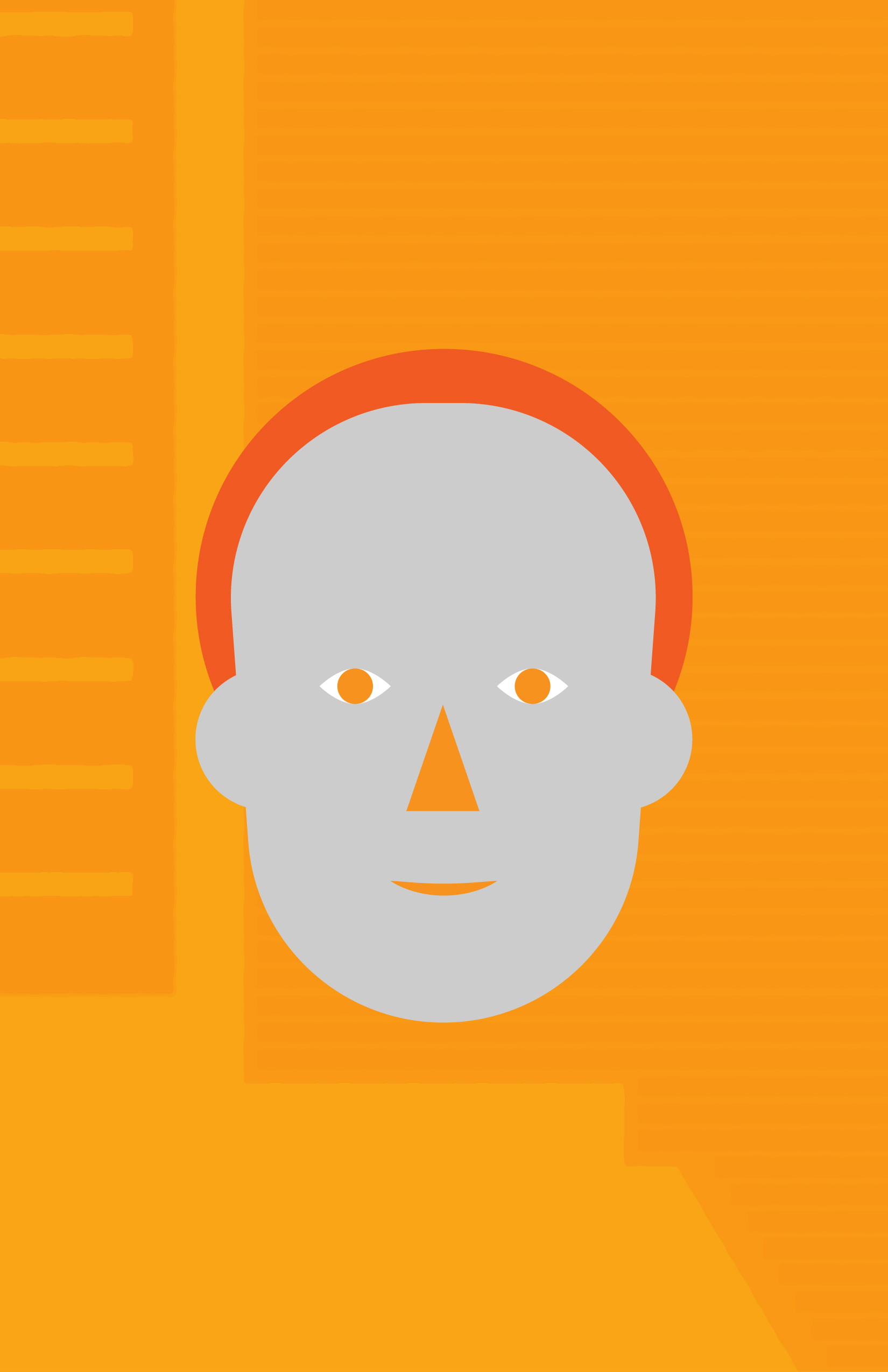
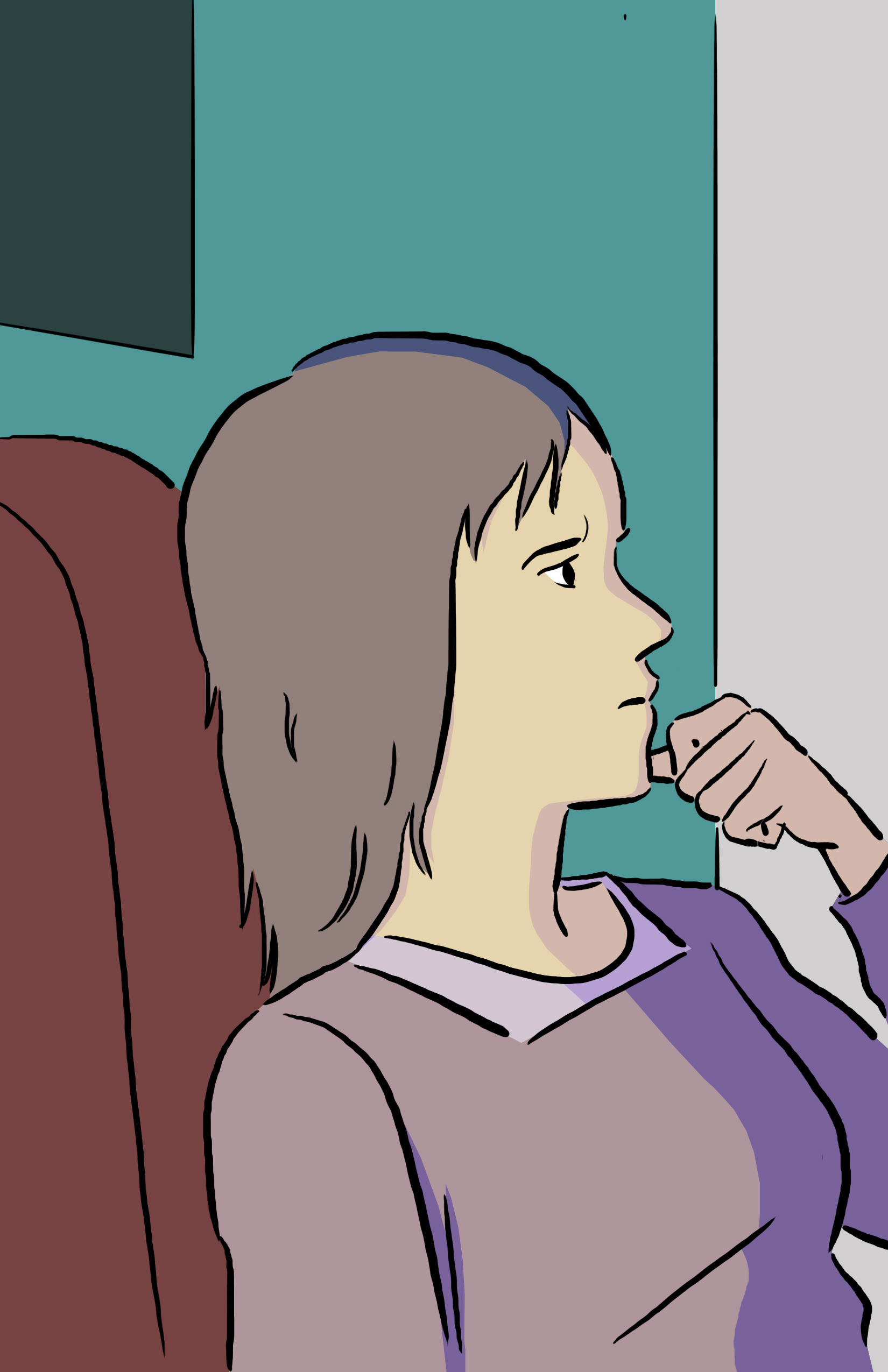
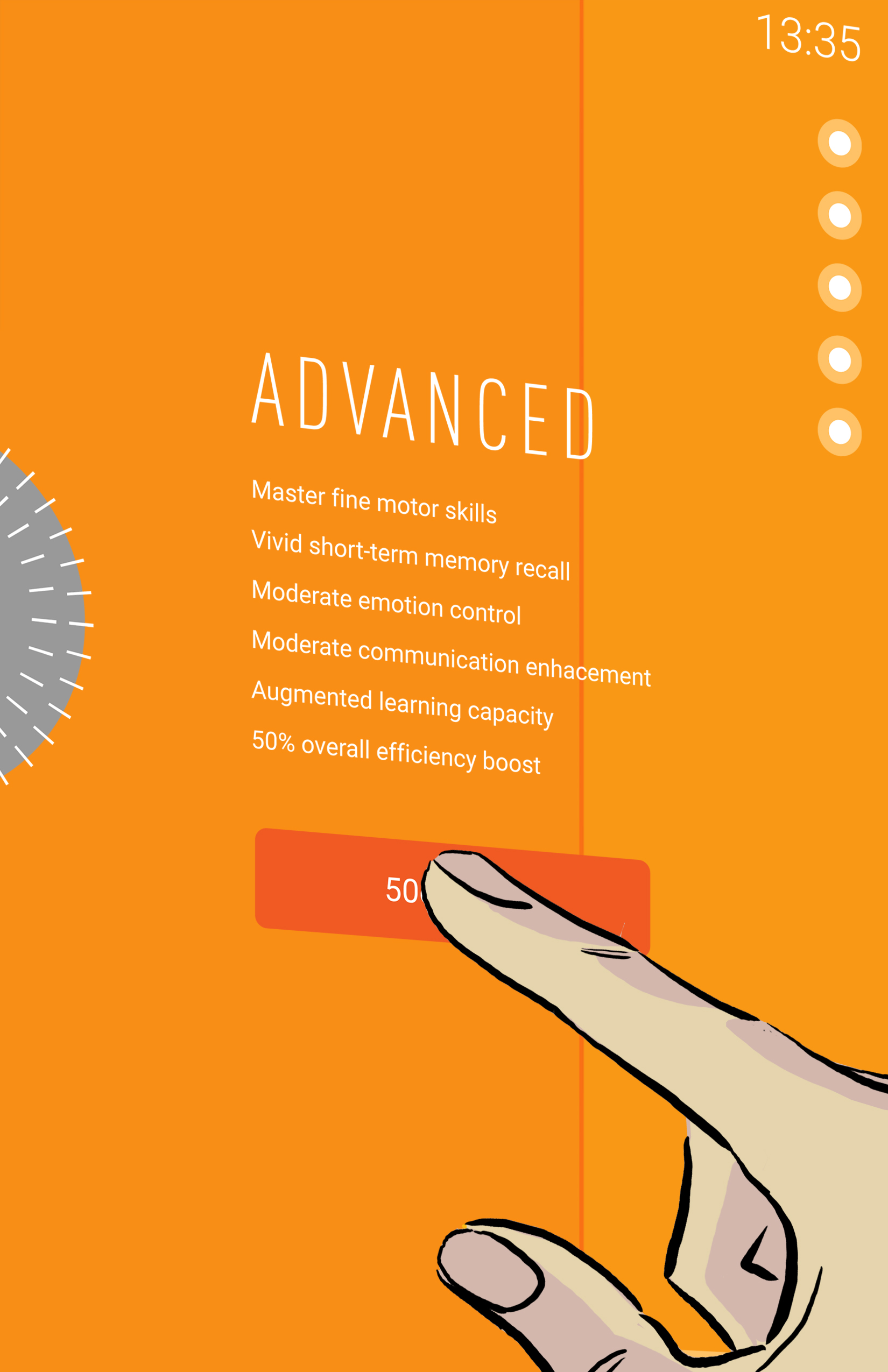

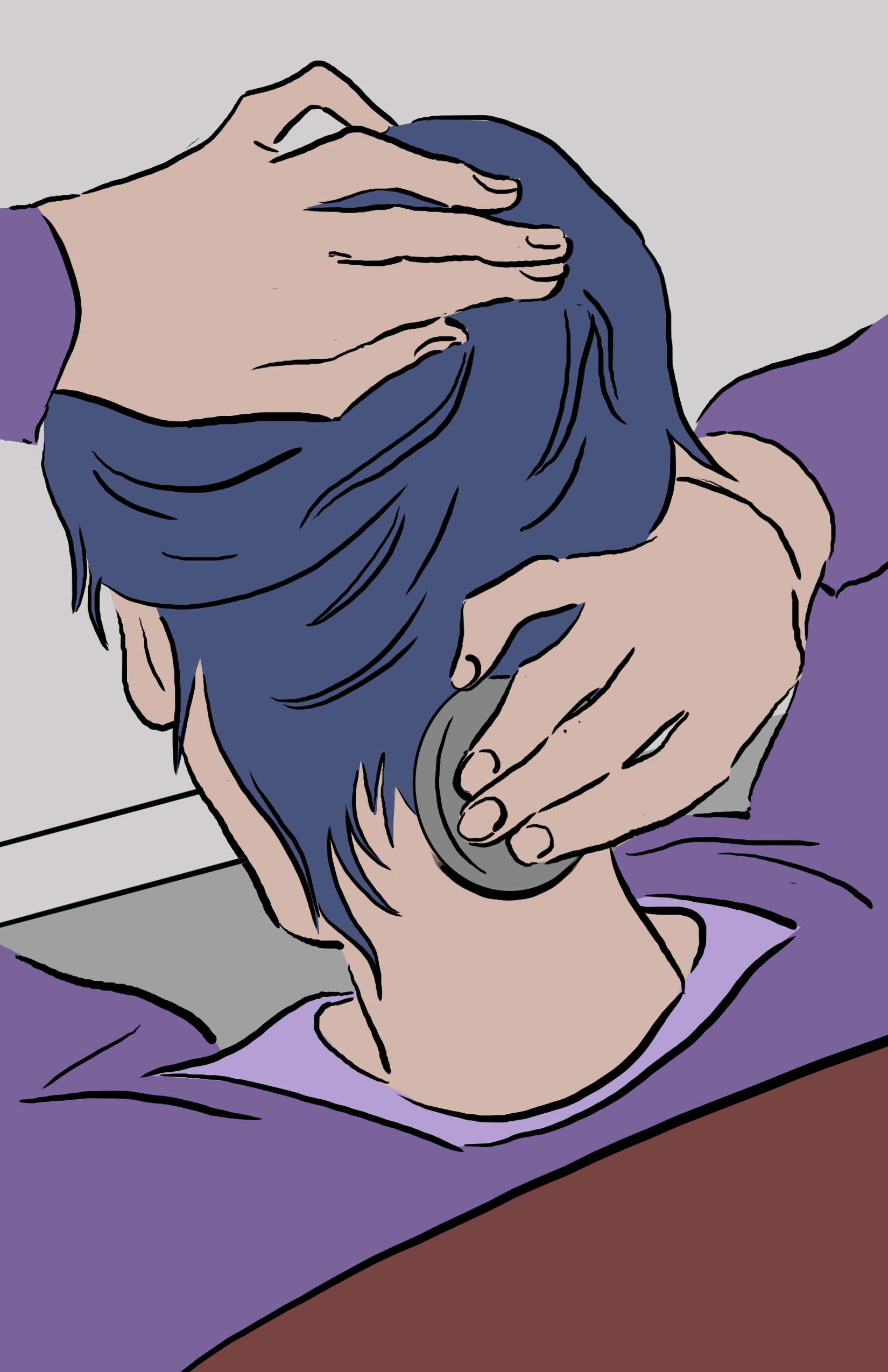
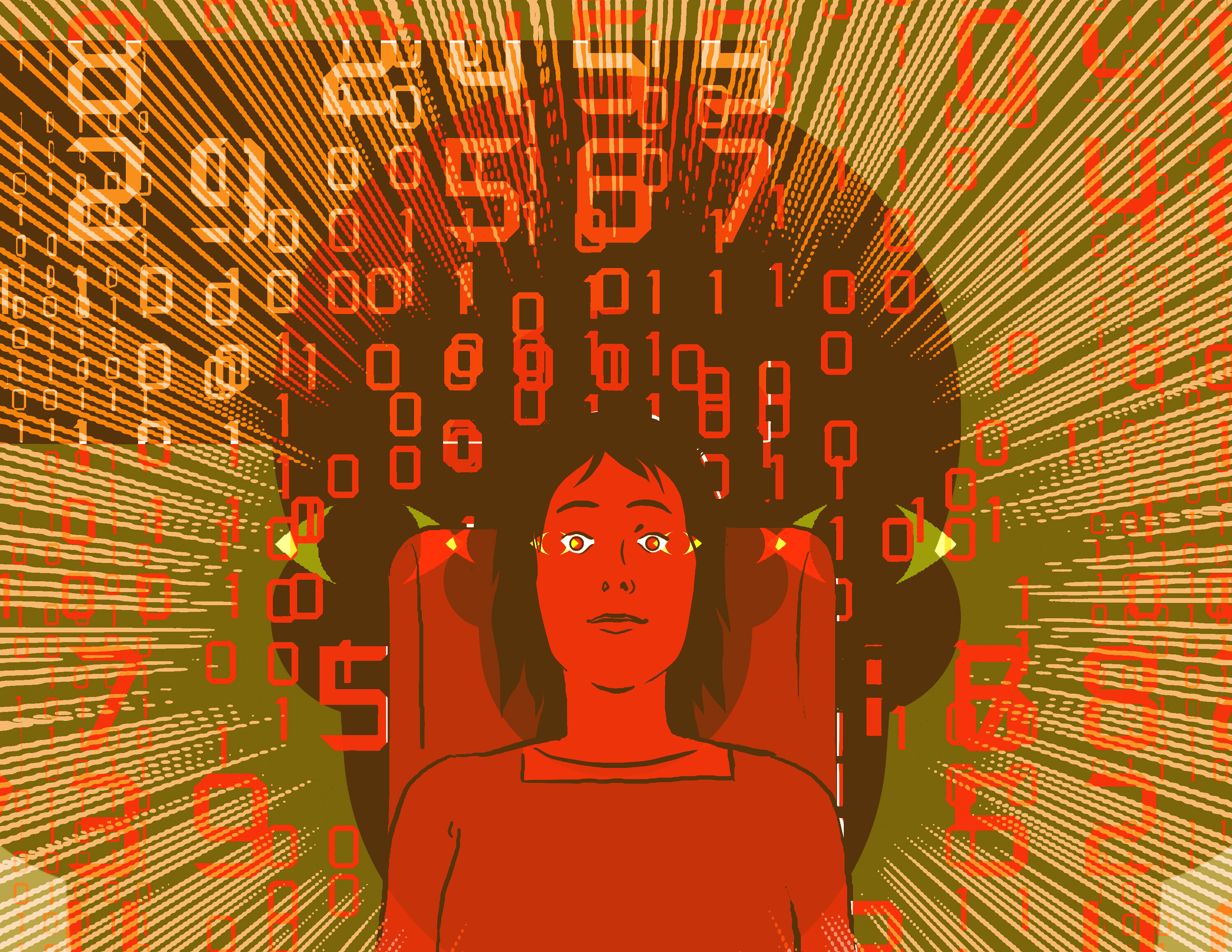
Process
The idea for Virimetrix came out of the Krissi Xenakis project (Project "X"), a sprint-style workshop envisioning a product or service 50 years in the future. At the beginning of the workshop each student began by quickly brainstorming 10 ideas based on a previous ideation game we had played in class. With 10-15 minutes allotted for idea generation, we had little time to second guess our concepts. From the initial ideation phase, we paired up to review our concepts and narrow our focus to one idea. I worked with the idea of an AI-powered memory-restoring service to be used by patients with degenerative mental diseases like dementia or alzheimer’s. Each of the workshop participants composed a rough storyboard to describe the user process of our product or service. Students met one-on-one with Krissi to better flesh out our ideas. Here is where the idea of a “tiered service” was established; different levels of memory restoration would be available at different price points, thus implying a larger, perhaps more sinister, pay-to-play system.
Once we had established a concept, user, scenario and mapped out a potential user flow, we set out to create an artifact that would relate to our product. I chose to create an advertising campaign (of sorts) promoting the functionality and features of the service. The overall feedback from the workshop was that this kind of technology might be used by the general public, not just by alzheimer’s patients. I shifted my concept to a technology that would allow for enhanced mental capabilities, to be used at home, at work, during social interactions, etc. The final campaign and storyboard reflect the shift in concept.
